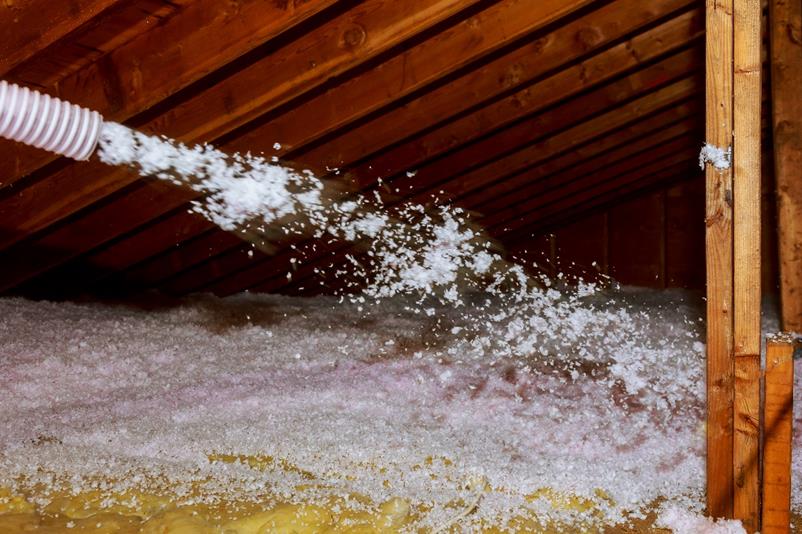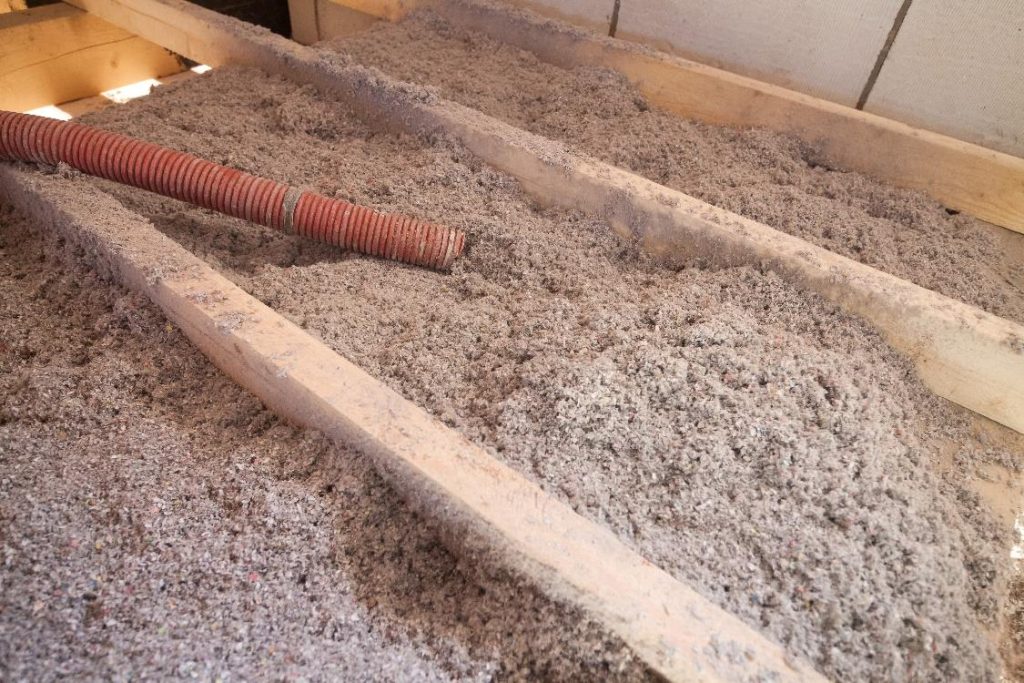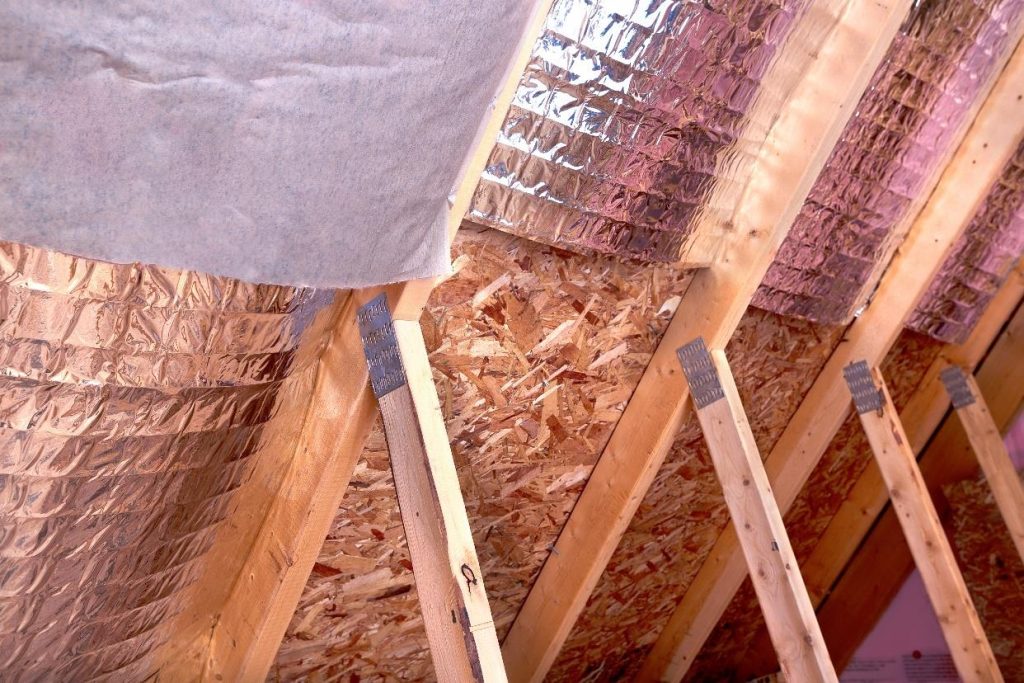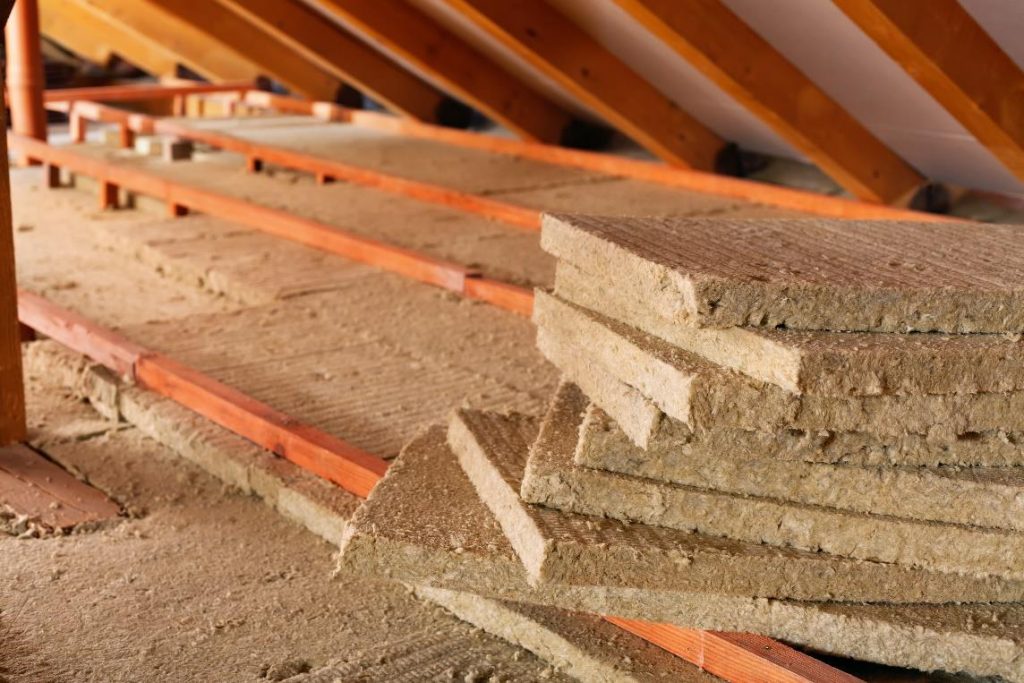Where they’re Meant to be Used, Benefits, and Drawbacks
Proper insulation is an integral component of any comfortable home. To make the most of your insulation, you must utilize the right type in each section of your home—but with so many different types of insulation, how are you to know which to use and where to install them? Here, I’ll answer these questions by identifying the most frequently used types of insulation, explaining their benefits and drawbacks, and advising where they ought to be installed.
R-Value
Before we begin discussing each type of insulation in detail, you’ll first have to understand R-value and how it is relevant to choosing the right insulation. In construction, an R-value measures an insulation’s ability to resist heat flow and regulate a room’s temperature. The higher the R-value, the greater the heat resistance. The R-value needed to insulate your home properly largely depends on where you reside. For instance, if you live where there are harsh winters, you’ll need insulation with high R-values.
Blanket/Batt Insulation

This type of insulation is highly favorable due to its availability and low cost. It can be manufactured using fiberglass, mineral wool, plastic fibers, or natural fibers (i.e., cotton). It is usually packaged and stored in pre-cut rolls, allowing for ease of transport and quick, effortless installation, making it perfect for do-it-yourself projects. Batt insulation can be equipped with
facing (a vapor barrier that prevents the spread of moisture) or with fire-retardant polymers, granting liquid and flame resistance, respectively. Unfortunately, Batt is not made with the most durable material, so you should ensure it’s handled with care. It should also be noted that batt insulation made with fiberglass tends to be irritating the eyes, skin, and lungs, which can cause related health issues. I highly recommend that you use protective equipment (goggles, masks, gloves, etc.) if you plan to install this yourself.
Despite its frequent usage, I would advise against using faced batt in your attic. Why? Because it will trap moisture between your sheetrock and your conditioned environment (i.e., your interior). If heat and moisture can’t easily flow through and escape from your attic, there is a greatly increased chance that your attic will become a sickly atmosphere.
Blow-In Insulation Types

Generally composed of either fiberglass or cellulose, blow-in insulation is the most cost-effective choice and is one of the easiest to install. This insulation is best used around pipes, duct work, and other awkward, hard-to-reach places.
Like batt, fiberglass blow-in insulation is regularly situated in attics and basements. However, like batt, this insulation suffers all the downsides associated with fiberglass. It also absorbs high amounts of moisture, so much that mold will form and flourish. This should be avoided in you live in areas that are susceptible to termite infestations, such as in southern Louisiana, where DMG is located. Overall, not the best quality for insulation.

If you’re looking to use blow-in insulation, I would recommend that you use cellulose blow-in. It’s thick, dense, and clumpy. It’s inexpensive yet has a higher R-value than fiberglass blow-in. In this regard, I believe cellulose blow-in is the more efficient of the two. Unfortunately, cellulose will absorb moisture much like fiberglass, so this is something to be wary of if you plan on using this insulation for your home.
Blow-In Blanket System (BIBS)
Blow-In Blanket System (BIBS) is a type of insulation we’ve recently employed in some of our home renovations. This type of insulation is primarily pumped inside of a netting attached to the studs inside of a wall. It fills the voids behind your walls, sealing air gaps and maximizing efficiency. Clients tend to be hesitant about BIBS due to the price, but all of our clients who have chosen BIBS for their insulation needs have been satisfied with the results.
Reflective Insulation (Radiant Barrier)

This insulation is placed on the underside roofs, walls, and floors to block radiant heat transmission. It is the most effective form of insulation for preventing the downward flow of heat—thus why it is primarily installed on the inside of roofs. Heat will reflect away from the radiant barrier, reducing heat gain and lowering cooling costs. This type of insulation is ideal in warmer climates with hot summers and mild winters.
Spray Foam Insulation
Spray foam is one of the most efficient forms of insulation in terms of quality and performance. It can be placed in any area and adhere to any surface, regardless of location. For these reasons, it shouldn’t be surprising to know it’s one of the more expensive options. There are two types of spray foam: open cell and close cell. Each serves a different purpose and is best situated in different areas of a home.

Open Cell
Open cell spray will gradually expand after application, meaning that it can easily cover broad areas. Due to its low-density R-value, this type of insulation is best placed in interior walls where there won’t be drastic temperature differences. You should not install this insulation below ground level, as it will absorb water. It wouldn’t be a good idea to install this in your attic since you’ll want your attic to have insulation that won’t absorb moisture.
Closed Cell
Closed cell spray has some of the highest R-value densities in conventional types of insulation. A common place to install closed cell spray in southern Louisiana is underneath raised homes. This is due to the high moisture, humidity, and low elevation associated with the Gulf coast region. With closed cell spray foam, you won’t have to worry about moisture building up and penetrating through your floors or anywhere you choose to install it.
Rockwool Insulation

Rockwool is a specific type of insulation usually only employed for a few reasons. It’s primarily installed in walls to help dampen or completely deaden sound. Rockwool is also used as a firestop that is installed between floors of a house. It should be noted that Rockwool cannot be faced, which means it won’t absorb moisture.
Conclusion
Choosing the proper insulation types can make all the difference in making your home as comfortable as possible. It is something you should always be considering, even if your renovation is something as simple as installing some windows. When in doubt, remember that some insulation is certainly better than no insulation. If you feel uncomfortable starting a do-it-yourself installation, I encourage you to reach out to us here at DMG so that we can help you choose the right insulation for your renovation needs. Take the first step by calling today!
